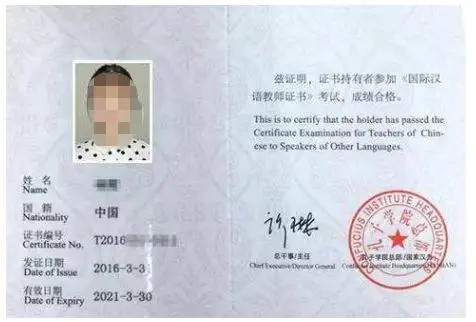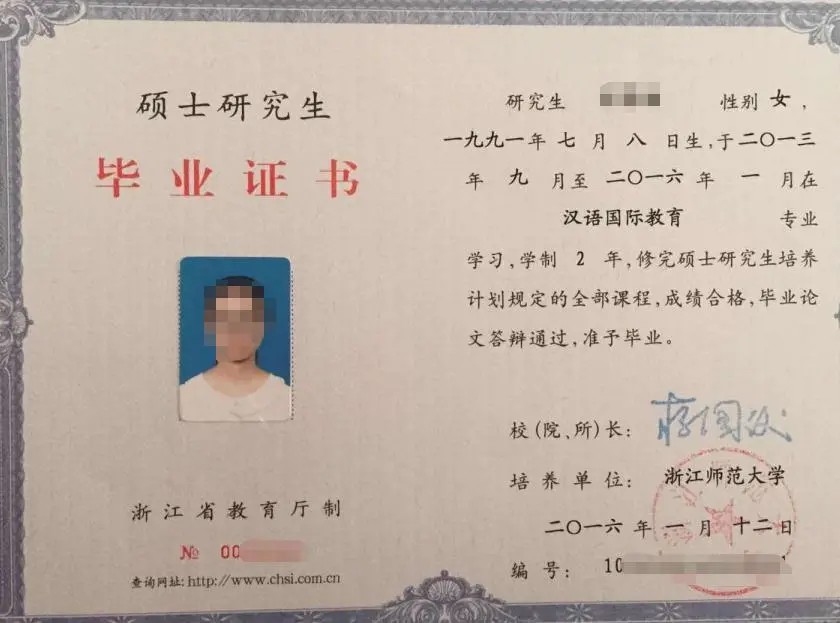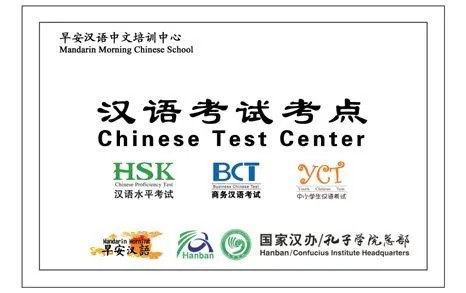Learning the word for fish in Chinese can be a highly useful skill. From ordering seafood at a restaurant to understanding why there are so many fish themed decorations during Chinese New Year, knowing how to say "fish" in Chinese is both practical and an insight into cultural values. Deconstructing the Chinese word for "fish" includes learning about pronunciation and its evolution from pictograph to a simplified character. The Chinese Character for Fish The Chinese character for "fish" is 鱼 (yú). The traditional form of the Chinese character for fish (魚) evolved from an ancient pictograph. In its earliest form, the word for fish clearly showed the fins, eyes, and scales of a fish. The current traditional form incorporates the four strokes of the fire radical, which looks like this (灬).Perhaps this addition suggests that fish is most useful to human beings when it is cooked. Radical This character is also a traditional radical, meaning that the primary graphical component of the character is used as a building block in other, more complex Chinese characters. Radicals, also sometimes called classifiers, ultimately become a shared graphical component for several characters. Thus, the Chinese dictionary is often organized by radical. Many complex characters share the radical that derives from "fish." Surprisingly, a lot of them are not related to fish or seafood at all. Here are some of the most common examples of Chinese characters with a fish radical.
Cultural Importance of Fish in China The pronunciation of fish in Chinese, "yú," is a homophone for “affluence” or “abundance." This phonetic similarity has led to fish becoming a symbol of abundance and prosperity in Chinese culture. As such, fish are a common symbol in Chinese art and literature, and they are particularly important in Chinese mythology. For instance, Asian carp (as they are known in the U.S.), are the subject of many Chinese lyrics and stories. The character for this creature is 鲤 鱼, pronounced lǐ yú. Pictures and depictions of fish are also a common decoration for Chinese New Year. Fish in Chinese Mythology One of the most interesting Chinese myths about fish is the idea that a carp that climbs the waterfall on the Yellow River (known as the Dragon Gate) transforms into a dragon. The dragon is another important symbol in Chinese culture. In reality, each spring, carp gather in great numbers in the pool at the base of the waterfall, but very few actually make the climb. It has become a common saying in China that a student facing examinations is like a carp attempting to leap the Dragon Gate. The dragon/carp relationship is referenced in popular culture in other countries through the Pokémon Magikarp and Gyarados. # Our teachers # More than 10 years teaching experience Master Degree Certificate for teaching chinese as a foreign language   # About us # Founded in 2007 Chinese test and training center 200+ Chinese teachers 5000+ students  # Contact us# Name:fiona Phone number:021-52287809,13918358891 E-mail:info@mandarinmorning.com www.mandarinmorning.com If you are interested to join Mandarin Morning school or want more details about our services, scan the following QR code. ☟   Mandarin Morning Chinese test center attached to Confucius institute headquarters Authorized Test Center and Training Center for International Chinese Language Teacher Certificater 10 years+ ,200 teachers ,more 10000 students,200+companies  |